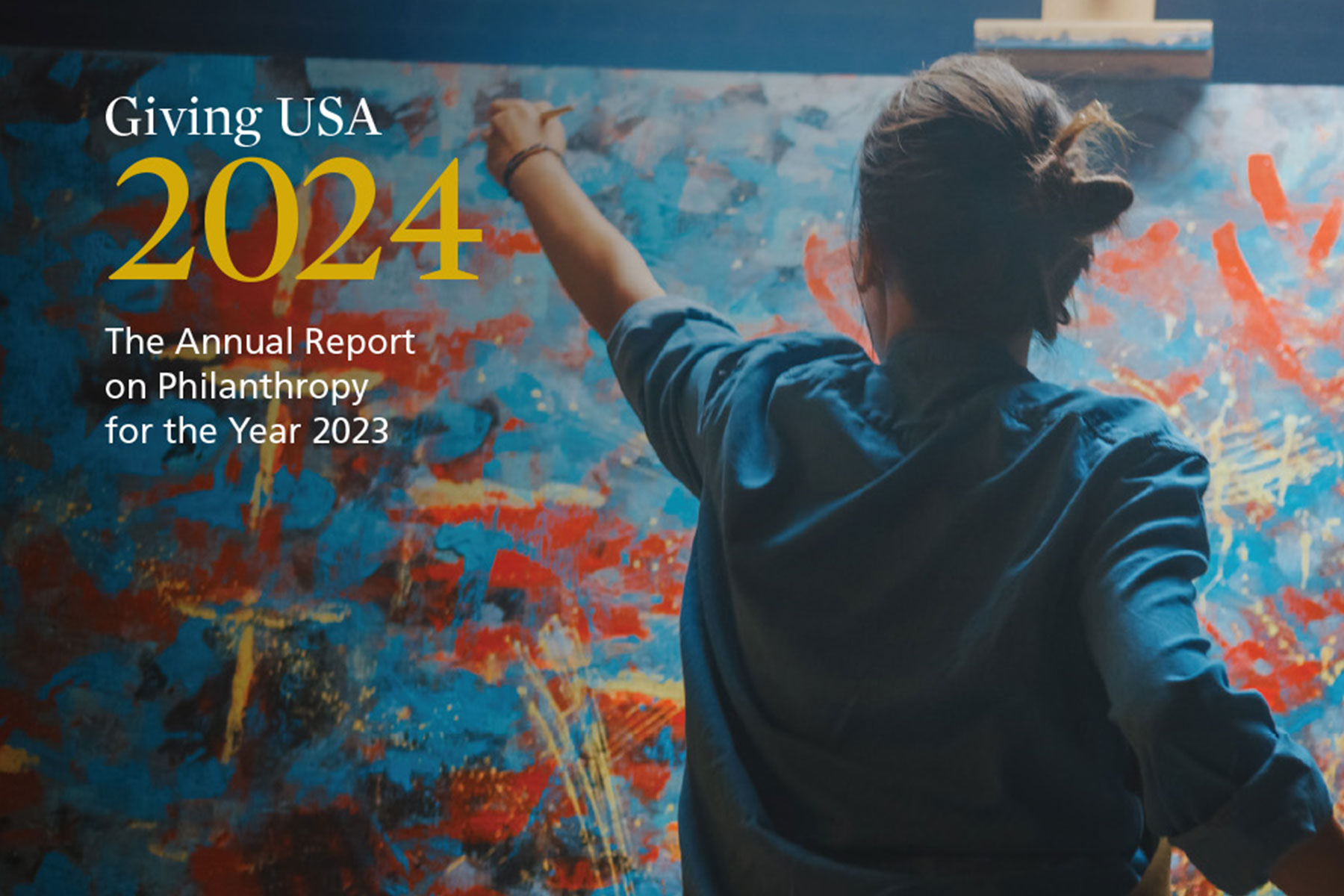Fundraisers understand. I see you. We have your backs.
Over the last generation, development has been in a knock-down, drag-out fight to defend building and even maintaining sustainable development programs. Generations before built communities of trust and resiliency for nonprofits. We’ve been reaping the rewards of this work with high-net-worth giving programs.
While some of the entrepreneurial wealthy donors have given premier nonprofits transformational commitments for problem solving, many of these mega gifts have been the result of a long game of trust building and thoughtful donor experience management. Naïve at best, shortsighted at worst, administrations are dismantling the foundation of these programs because they only see the big gifts above the surface.
Ladder and Hole Phenomenon
I get it. When budgets are tight and operating margins are in the red, organizations must survive. It is also very human to be as fair as possible when making cuts. This comes from a good place. But cutting your ladder when you are stuck in a hole is not effective for escaping the hole. Yet, this happens time and again in development.
Building a base of support is fundamental to development programs’ resilience in times of changing economic circumstances. These programs, often called annual funds, membership, regular giving, or base development, are primary philanthropic sources of unrestricted cash. While more expensive to raise than one-off major gifts, the return is still better than most of the stocks in your investment portfolio.
Everyday donor programs build connections between individuals and the organization; they build communities among the donors; they establish norms and identities around giving behaviors, and they feed the pipeline for future major gifts. In our studies of resilient donors during economic uncertainty and disruption following the pandemic, we found the top predictors were:
- donors knew multiple people at the nonprofit,
- donors were friends with other donors, and
- they viewed giving to the nonprofit as being part of a community of giving—it was part of their identity.
Basically, base development is the fundamental source of donor resiliency. When times are tough, cutting the base and its supporting infrastructure digs your hole deeper.
Rebuilding the Trust
More Americans trust big business than they do nonprofits. And trust levels for nonprofits are only 3% higher than for the government and 2% higher than the news media. Fifty-two percent of Americans trust nonprofits, though this continues to decline (Edelman 2023). While trust levels are higher among existing donors, 68% and 60% among millennials and Gen X, respectively (Giving USA Special Report on Giving by Generations 2023), these numbers are concerning for the sector. In higher education specifically, we’ve seen the most significant drops over the last eight years—from 57% saying they have quite a lot or a great deal of confidence in higher education to 36% today (Gallup 2023).
While we can point to many of the reasons for declining trust, one driver is that philanthropy is increasingly being perceived as something not for me but for the rich. Having worked with countless high-net-worth donors, I can tell you that generosity and altruism are the norms. While there are exceptions, the vast majority desire happiness in helping nonprofits and a feeling that they did something worthwhile. We offer this to wealthy individuals and profitable organizations, and this is a good thing. But making the mega gifts our only narrative risks the sustainable inclusion of our broader community of givers. Every person deserves to experience the joy of giving. Every gift is worthwhile.
By investing in the base of support we choose to rebuild this trust. We actively choose to change the narrative. We believe giving is a great source of happiness for the giver. We believe communities of givers can make transformational change for good.
The Tools Finally Exist
Over the last year, we’ve published a series of papers to equip organizations to build strong development programs to embrace and advance the everyday donor. We now have the tools to provide each donor with a personalized giving experience. The whole donor journey can be orchestrated to build a meaningful relationship of mutual benefit for the donors. The is a rabbit hole you want to go down. We are achieving reversal in donor declines and meaningful increases from our work with programs. Our road map is here for all to see.
- Revitalizing the Donor Pipeline through Annual Giving
- Understanding Generosity: A Look at What Influences Volunteering and Giving in the United States
- Digital Fundraising: 10+ Revolutionary Campaign Ideas
- You Might Be Undervaluing the Donor Experience in Your Fundraising Program
- The Return of the Everyday Donor
- Practical Application of AI
It All Comes Down to Choice
As a sector, as a leader, and as individuals working in this noble profession of development, we can choose the narrative. We can choose to believe the everyday donor matters. We can commit to understanding the full picture of ROI for our programs. We can elevate colleagues in everyday giving just like we do great major gift officers. We can socialize the joy of giving as a value and connecting feature of our communities. It is not only impact. It is purpose. And this purpose can be shared.
This is why we at BWF have made the investment in the everyday donor. Our groundbreaking EDX division shows we are putting our money where our mouth is. We do this because it is the right thing to do. We know what we do works, so we feel it is our obligation and privilege to help.
If you are here, I know you have made this choice, too. Thank you! Together, we can reclaim giving and generosity in all its forms. We are the community that believes in everyday donors. And we choose to defend them.
At BWF, we stand ready to assist you with your donor engagement strategy. Please reach out to sales@bwf.com. It’s a privilege to help.




